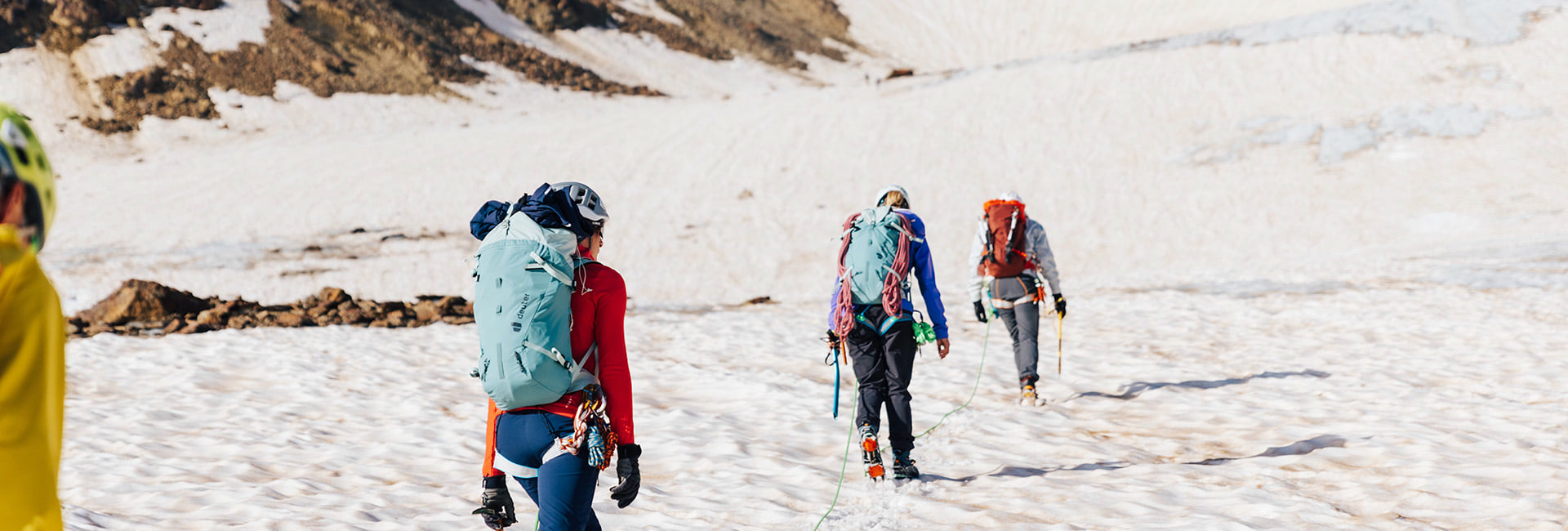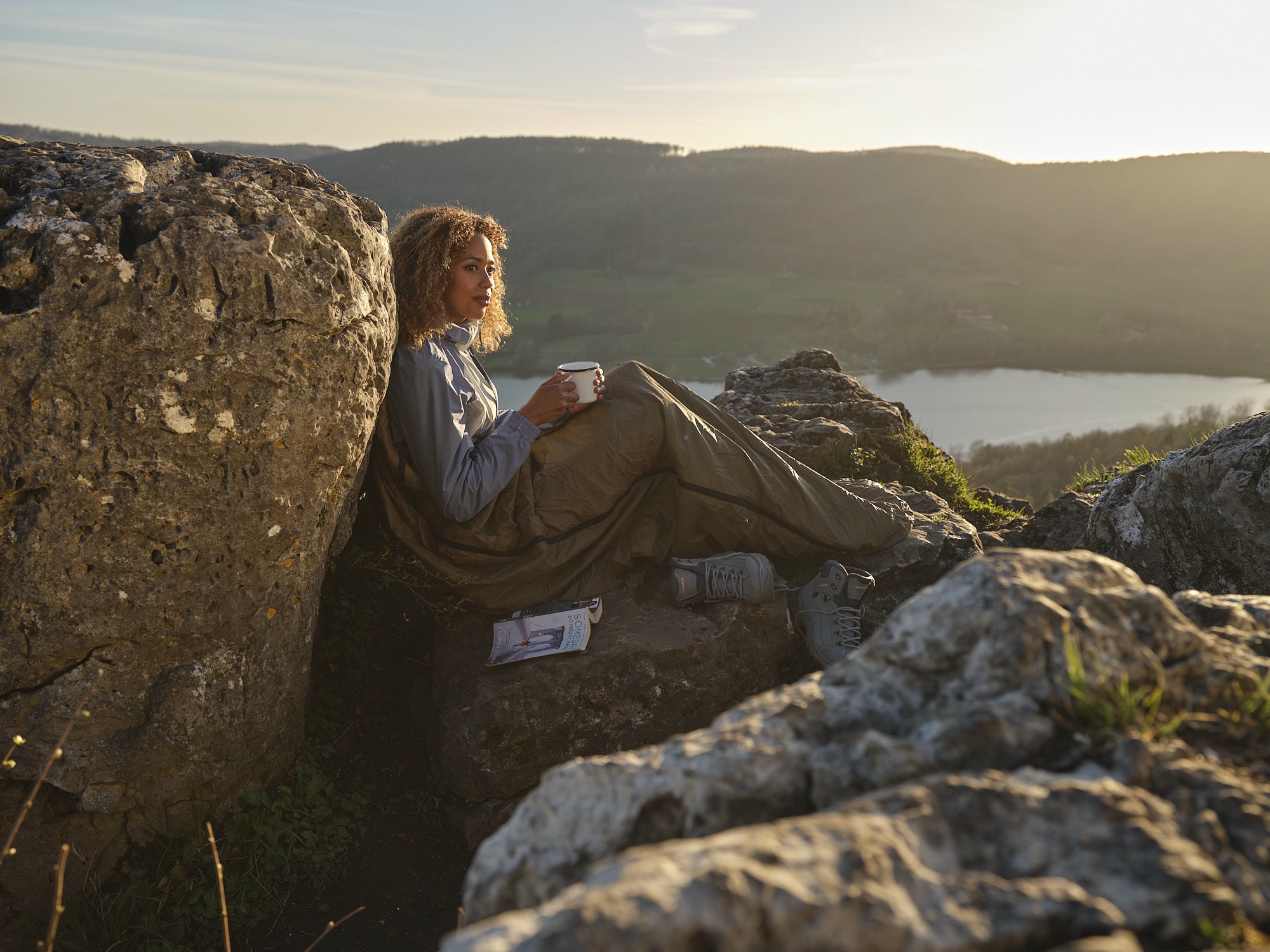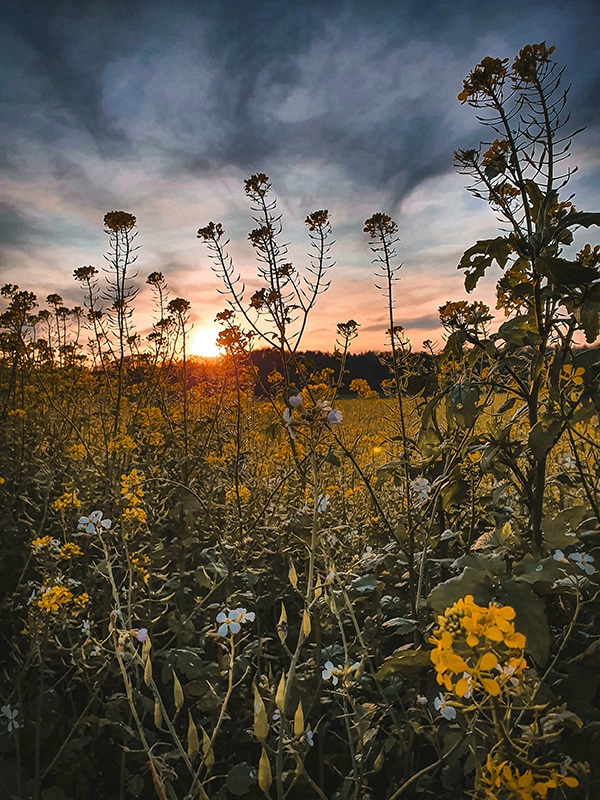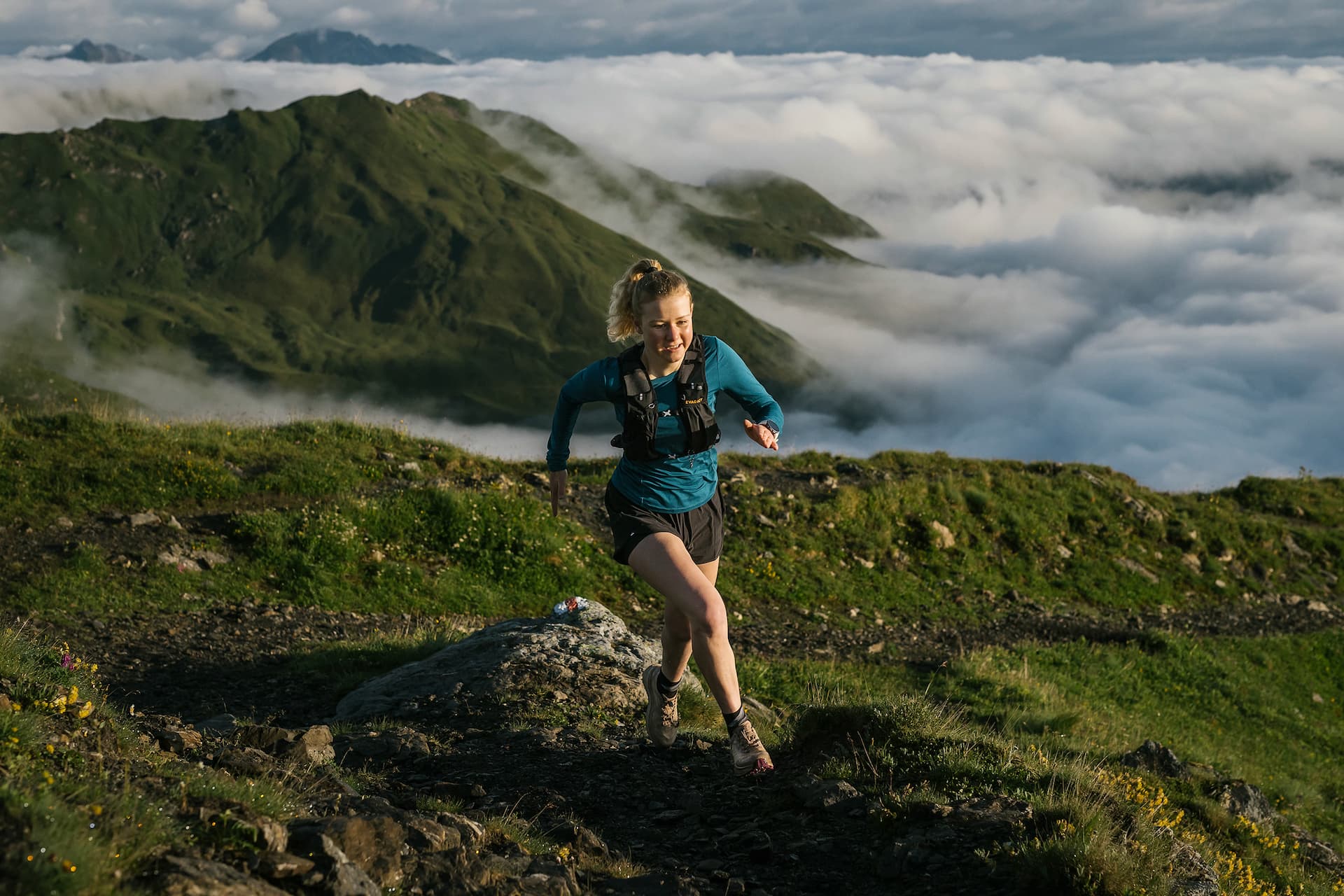A big myth is that GORE-TEX shoes do not need to be cared for. The waterproof and breathable GORE-TEX lining is located inside the shoe and therefore has nothing directly to do with the external care of the leather or synthetic materials. A GORE-TEX shoe also needs to be regularly cleaned, cared for and waterproofed in accordance with its upper materials. The GORE-TEX lining will also appreciate a wash with a little shoe cleaner and a soft brush from time to time.
You should never wash leather or synthetic shoes in the washing machine. The mechanical impact during the washing process in combination with an increased washing temperature can lead to the colour pigments being washed out, damage to upper materials and the dissolution of adhesions. Your shoes may be irreparably damaged.















































